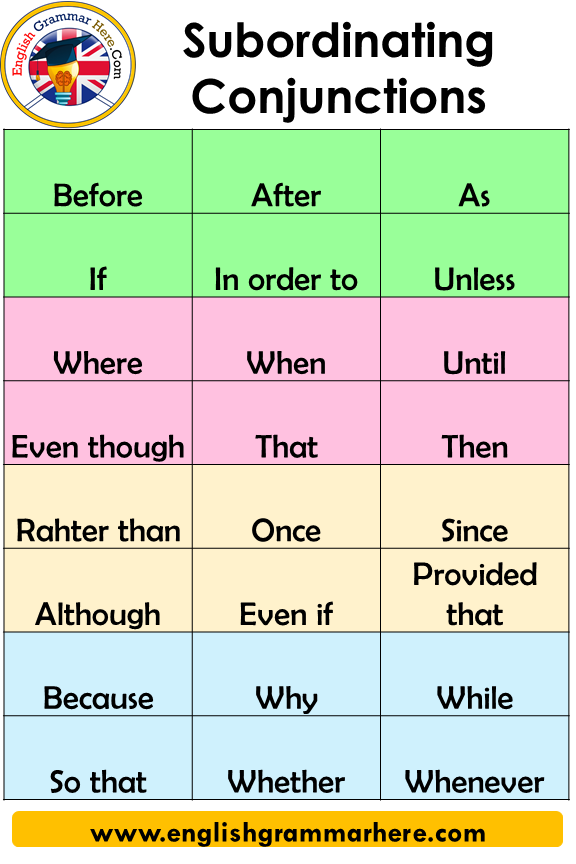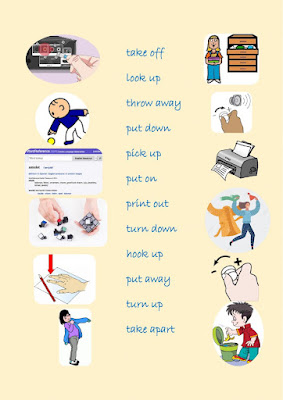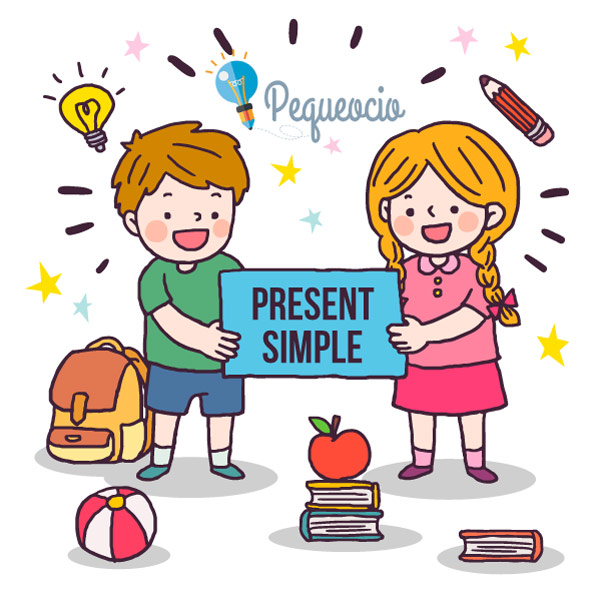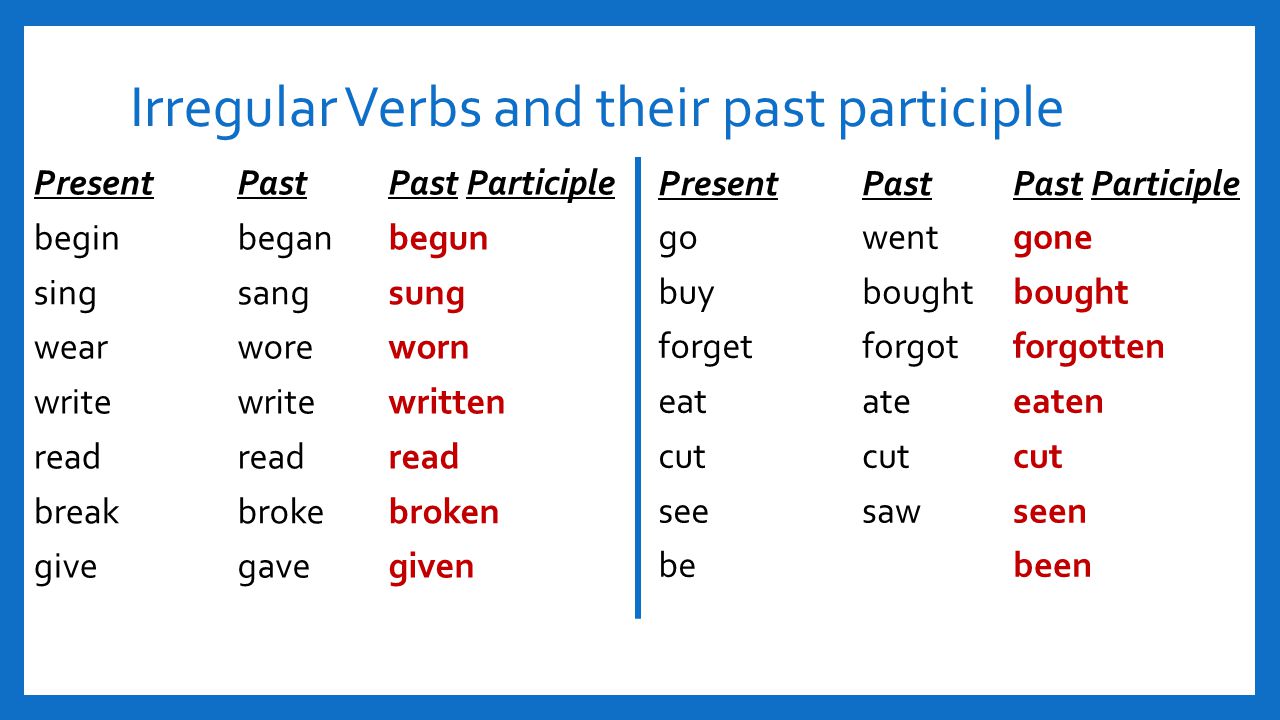Passive Voice.
We use the passive when we want the sentence to focus on the object rather than the subject, as is usual. The subject is the element that performs the action, and the object is the one that is affected by the action.

Tomada de: https://static.xx.fbcdn.net/images/emoji.php/v9/t4f/1/16/1f447.png

Tomada de: https://static.xx.fbcdn.net/images/emoji.php/v9/t4f/1/16/1f447.png
In active voice:
The dog chased the cat.
The central part of this sentence is the verb, "chased". The subject, that is, the one who performs the action, is "the dog". And finally the direct complement, which is affected, is "the cat".
In passive voice:
The cat was chased by the dog.
"The cat" has become the subject of the action "be chased".
The structure is as simple as that: the position of each element in the sentence changes and the verb is modified, just like in Spanish. If what is giving you problems is precisely the verb, you will find the following scheme useful.
Forming the passive
Follow these steps as you get practice:
identify the subject of the active sentence
identify the object
identify the verb and the tense it is in
conjugate the verb "to be" in the same tense
- find out the past participle of the verb
For example, if I have to convert this sentence into passive:
The dog has chased the cat.
sujeto: «the dog»
objeto: «the cat»
verbo: «has chased» (present perfect)
conjugación de «to be» (en present perfect): has been
past participle: chased



















